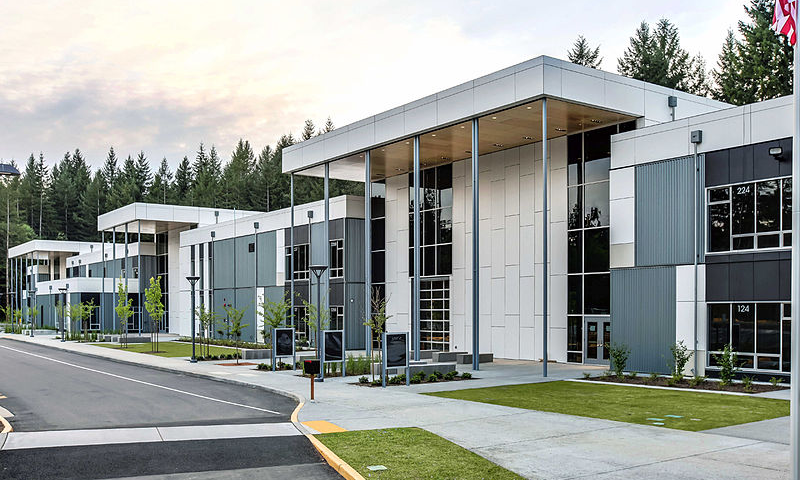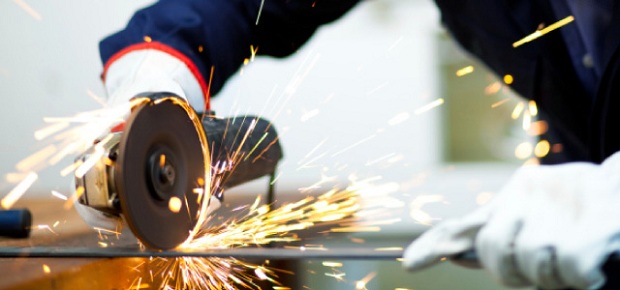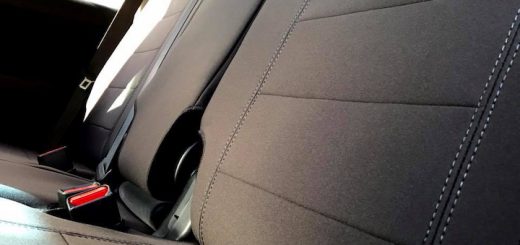Modular Schools are the Future: Here’s Why
Over the years, there’s been more talk about the environment and how we lead to green gas emissions which results in eco disasters and climate changes. Along with making us more eco-aware, it’s also taught us why it’s so important to know the ways we can actually help protect the environment.

While it’s never too late to learn about sustainability, it’s always better to teach young generations early on, encouraging them to become environmentally conscious citizens. Sure, sustainability lessons are one way about it, but what could be a better example than studying at a modular school, the embodiment of sustainability?
Same as modular homes, this kind of school is built off-site, in a factory environment, then the pre-fabricated components are assembled on site. This itself means the focus is on quality, given that as opposed to on site, the factory conditions are controlled and don’t affect the constructing materials same way outdoor damaging weather conditions do. No damage, no delay.
The modular school designs, and the classrooms it comprises of, are pushing the boundaries of traditional designs, proving functional can be aesthetic too. Due to the fact they are pre-fabricated, there’s the benefit of minimised disruption with the classes, and the neighbourhood, as their installation can be scheduled when most suitable, as in the example of school breaks.
Other than the advantage of fast construction, within weeks, sustainability comes from the meticulous choice of materials and the way the project is carried out, considering the planning is done starting with a detailed site analysis to come up with the construction that works best for the environment as well as students and teachers.
Choosing sustainable materials, these innovative schools aren’t only reducing the environmental impact, cutting down on the reliance of fossil fuels, but also affect the students and teachers positively since green materials don’t harm the health.
Moreover, there’s reduction in waste too, thanks to recycled and reused materials, and relying on renewable energy sources, like the sun and wind, means you get a school that conserves energy which in turn means reduction of the costs. Ensuring quality, the school modular construction is made for durability, and when you have that you also have low maintenance!
Typical school problems such as poor ventilation, poor air quality, retained moisture and humidity are a thing of the past with this advanced design, so it’s not difficult to see why these make the schools of the future, right?












